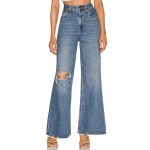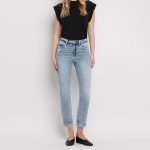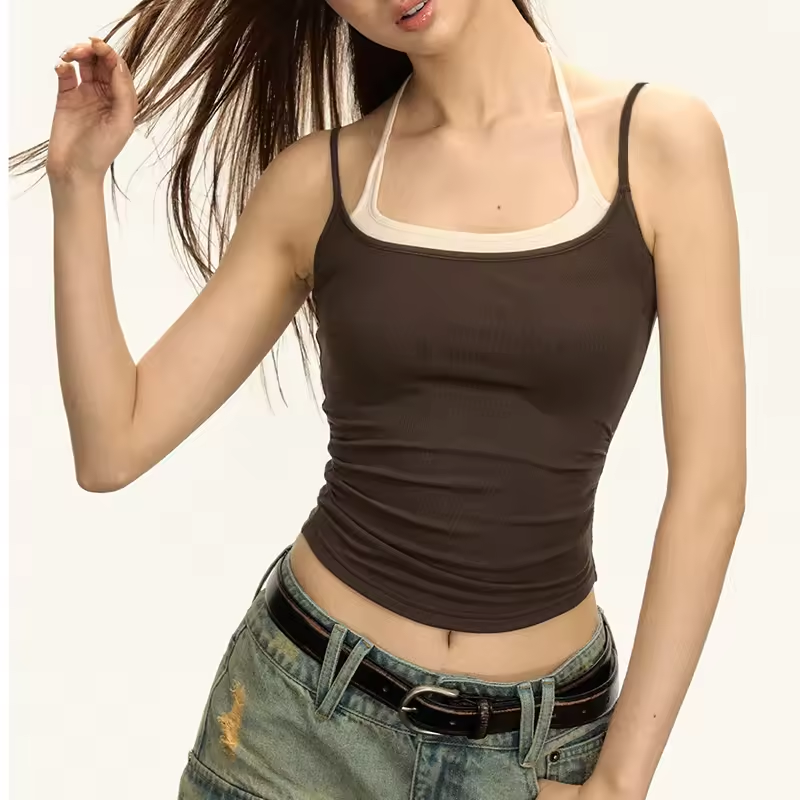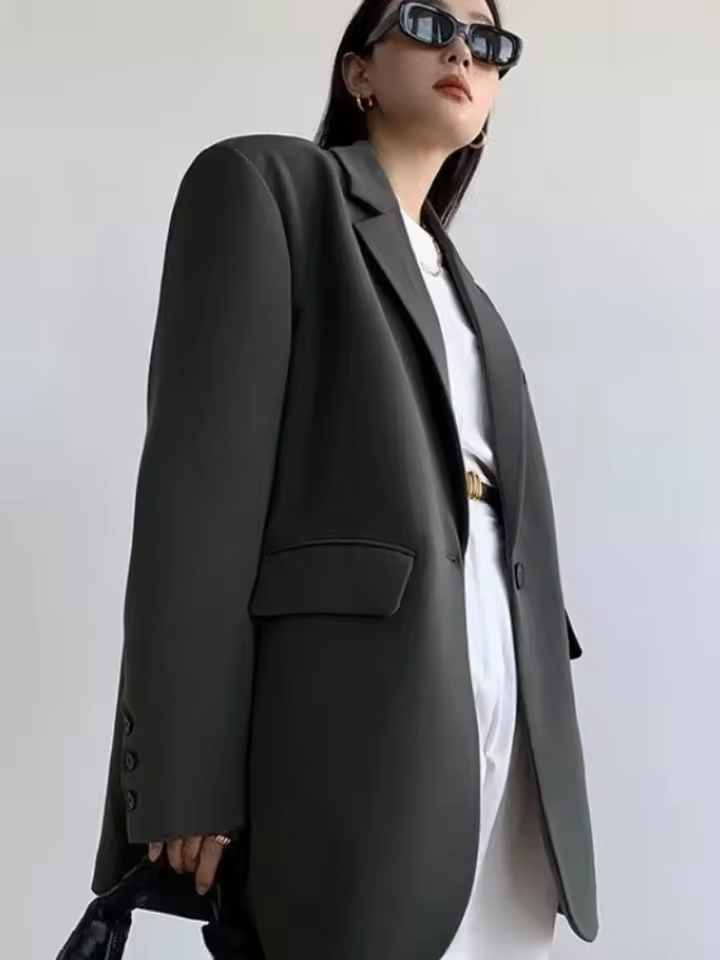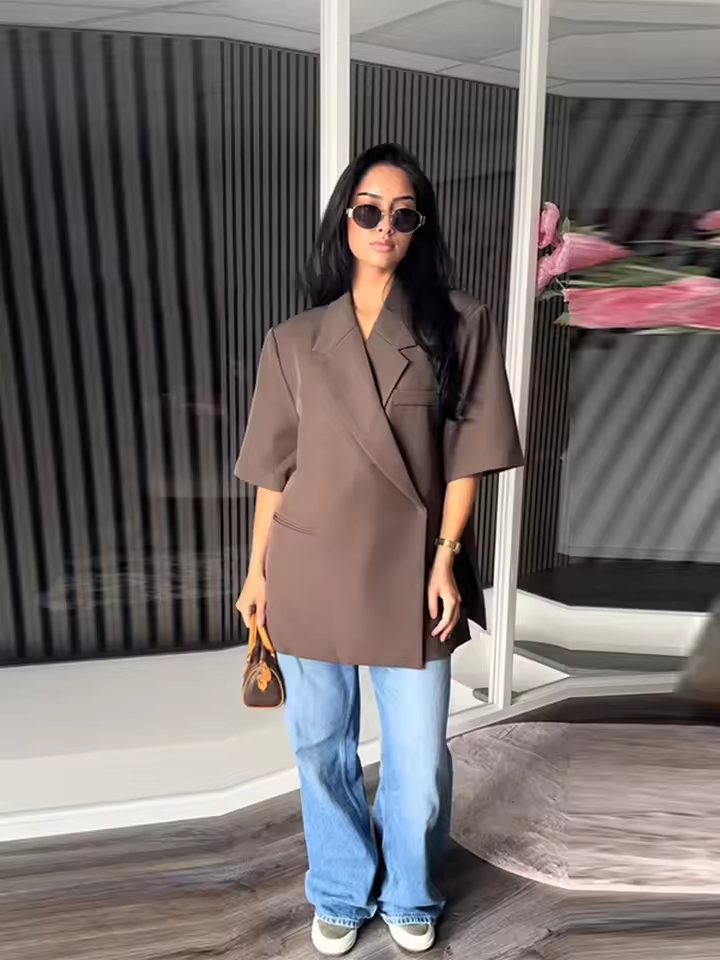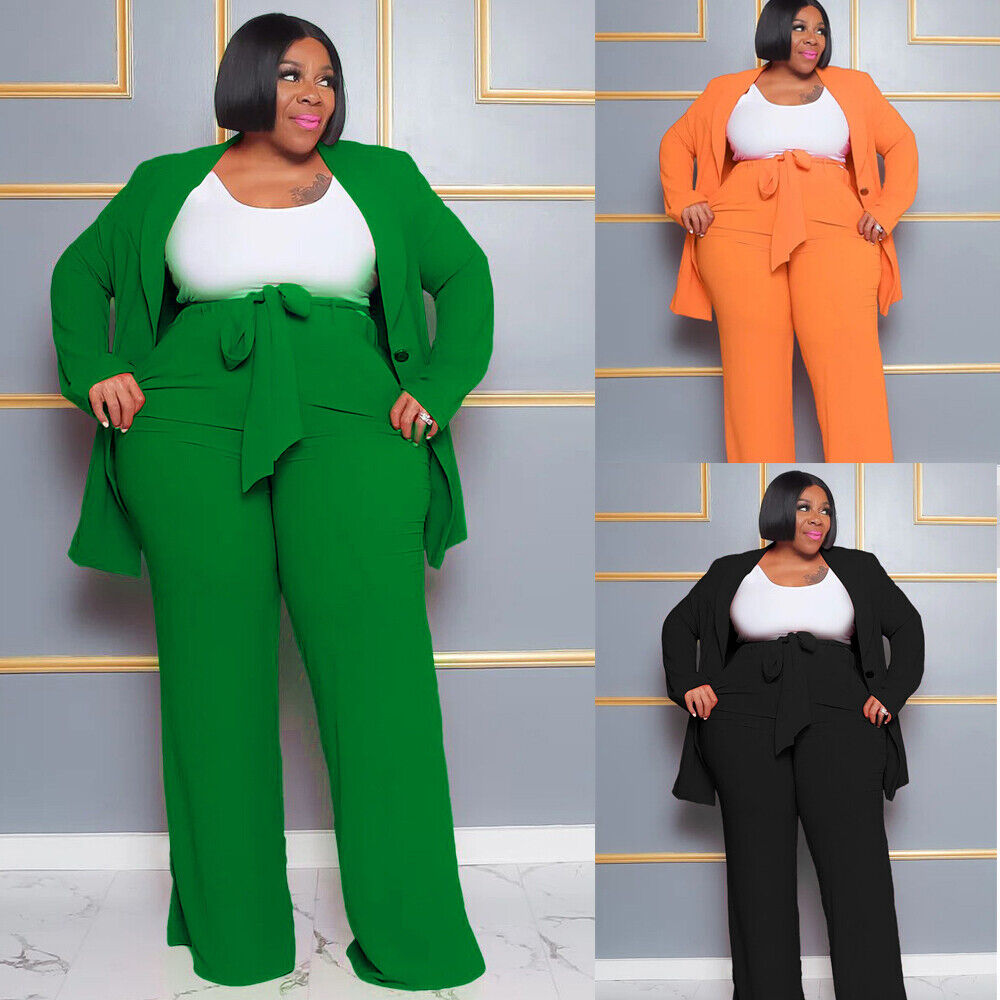The world of men’s fashion can be complex, with various garments and styles that often overlap in terms of design and purpose. Among these garments, the suit jacket vs blazer are frequently confused. While both can serve similar functions, they have distinct characteristics that distinguish them from one another. Understanding these differences will help you make better choices when dressing for various occasions. In this guide, we will explore the key distinctions between suit jacket vs blazer, detailing their styles, materials, occasions for wear, and how to select the right piece for your wardrobe.
What is a Suit Jacket?
A suit jacket is a key component of formal menswear. It’s designed to be part of a matching set, typically including trousers and sometimes a vest. Let’s explore its specific features, materials, and occasions for the best use.
Definition and Features of a Suit Jacket
A suit jacket is structured, featuring padded shoulders and a tailored fit. It usually includes notch or peak lapels, two to three front buttons, and flap pockets. The fabric and craftsmanship emphasize elegance and sophistication. Suit jackets are meant to coordinate perfectly with matching trousers both in fabric and color.
Materials Commonly Used for Suit Jackets
Suit jackets are made from premium materials to ensure a polished look. Wool is the most common, offering durability and breathability. Variants include worsted wool for smooth texture and flannel for warmth. Other materials include cotton for a lighter wear or synthetic blends for affordability and wrinkle resistance.
When and Where to Wear a Suit Jacket
Suit jackets are best reserved for formal settings. Common occasions include weddings, corporate events, and interviews. They’re also appropriate for upscale dinners or business meetings. Always pair them with matching trousers for a refined appearance. For semi-formal settings, opt for lighter fabrics or softer colors.
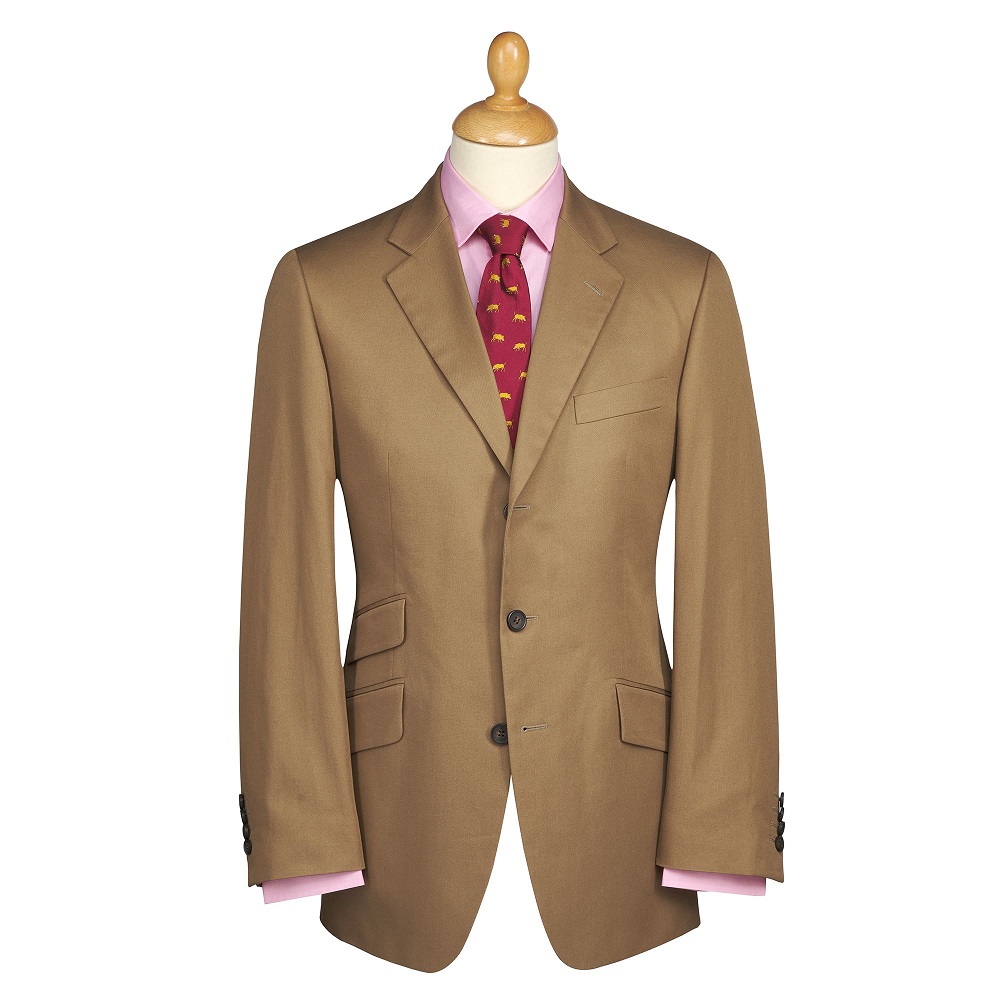
What is a Blazer?
Blazers are versatile, semi-formal jackets often confused with suit jackets. Unlike suit jackets, blazers are not a part of a matching set. They offer more relaxed styling and are suitable for various occasions. Let’s explore their features, types, and occasions to wear them.
Definition and Features of a Blazer
A blazer is a standalone jacket designed to be worn without matching trousers. It offers a structured yet slightly casual fit, striking a balance between formal and relaxed. Blazers often feature patch pockets and metal or decorative buttons, setting them apart from suit jackets. They are available in a variety of colors and patterns, ensuring greater adaptability in styling.
Types of Blazers: Single-Breasted vs Double-Breasted
Blazers come in two primary styles — single-breasted and double-breasted.
- Single-Breasted Blazers: These have one row of buttons and a simpler design. They are perfect for casual and semi-formal settings, pairing seamlessly with chinos or jeans.
- Double-Breasted Blazers: These feature two parallel rows of buttons. Double-breasted styles appear more structured and formal, making them suitable for dressier occasions.
Both styles offer distinct aesthetics, allowing you to choose based on your personal style.
Suitable Occasions for Wearing a Blazer
Blazers excel in bridging the gap between casual and formal wear.
- Business Casual Events: Pair a solid or patterned blazer with chinos for an approachable yet sharp look.
- Smart-Casual Settings: Blazers work well with jeans for dinners, dates, or weekend outings.
- Semi-Formal Gatherings: Opt for a double-breasted blazer for formal dinners or professional presentations.
Blazers are adaptable, making them an excellent choice for diverse occasions.
Key Differences Between Suit Jackets and Blazers
Fabric Differences
Suit jackets are typically made from finer materials like wool or wool blends. These fabrics ensure a polished and formal appearance. Variants include worsted wool for smoothness and flannel for warmth. On the other hand, blazers often use materials like cotton, linen, or wool blends. The focus is on versatility and comfort. Blazers also come in a broader range of patterns and colors, while suit jackets lean towards solid tones and classic designs.
Structural and Fit Variations
Suit jackets have a structured shape with padding for a sharp silhouette. They are tailored for precise fits to match their formal purpose. In contrast, blazers have a more relaxed structure but still maintain some shape. Their fit allows for flexibility, making them suitable for different body types and semi-formal settings. Pockets and lapels in suit jackets are often sleeker, while blazers may feature patch pockets for an informal touch.
Design and Styling Features
Suit jackets boast minimal decorative elements to ensure an elegant look. They use matching buttons and subtle stitching for uniformity. Blazers, however, often include statement buttons, such as metal or details like contrasting stitching. This design difference makes them more adaptable to casual settings. Additionally, suit jackets always come as part of a set, whereas blazers are standalone garments that allow mixing and matching with various trousers.
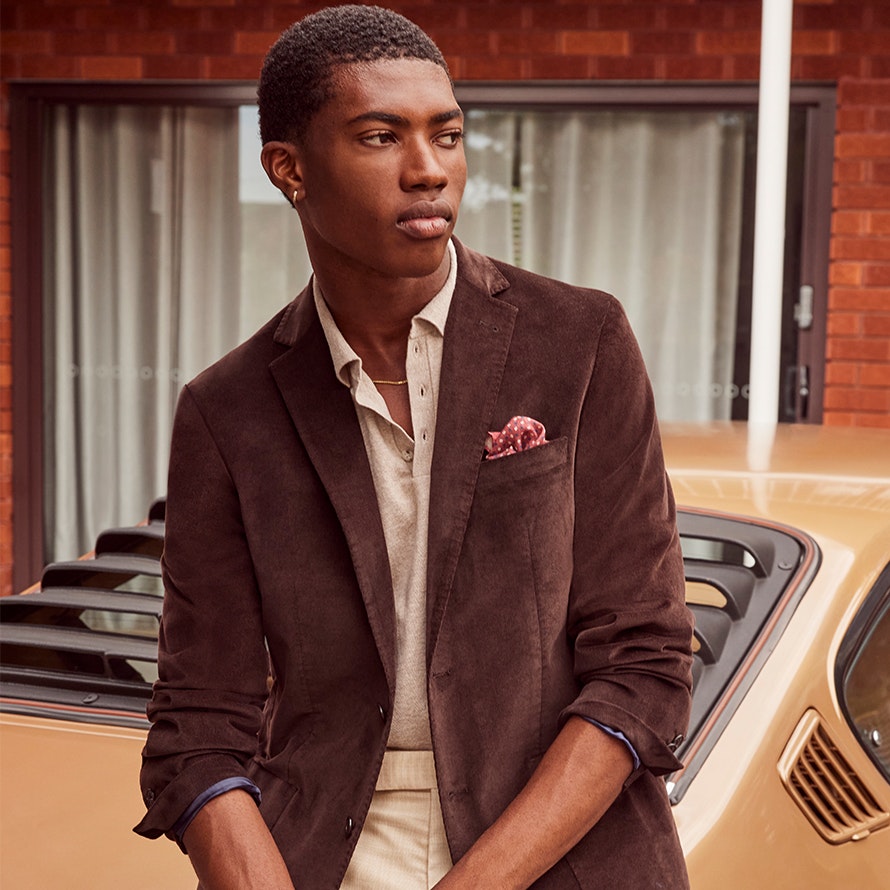
How to Style a Suit Jacket
Styling a suit jacket effectively can enhance its formal appeal. Key considerations include matching trousers and thoughtful accessory choices. Here’s how to achieve a polished look.
Pairing a Suit Jacket with Trousers
- Stick to Matching Sets: Always wear matching trousers with a suit jacket for formal occasions. This ensures a cohesive and elegant ensemble.
- Explore Coordinated Colors: For less formal settings, consider trousers in coordinated shades, like navy or gray.
- Choose Quality Fabrics: Opt for high-quality materials such as wool or wool blends for a refined finish.
- Fit Matters: Ensure your trousers complement the tailored fit of your suit jacket.
- Experiment with Patterns: Subtle patterns like pinstripes can add personality to your look while keeping it formal.
Accessories to Complement Suit Jackets
- Ties and Pocket Squares: Add sophistication with a tie and pocket square that complement your jacket color.
- Cufflinks: Formalize your look further with metallic cufflinks, ideal for weddings or business events.
- Dress Shirt: Choose a crisp, well-ironed shirt in solid colors or subtle patterns to pair with your jacket.
- Formal Shoes: Wear polished leather oxford or derby shoes for a complete formal appearance.
- Belts: Match your belt with your shoes to maintain balance in your outfit.
- Minimal Jewelry: Avoid excessive accessories for a clean and classic style.
The right combination of trousers and accessories can elevate your suit jacket to match any formal setting.
How to Style a Blazer
Blazers are known for their versatility and semi-formal charm. Styling them correctly can elevate your look. Whether you’re dressing for business casual or smart-casual occasions, here are some useful tips.
Matching Blazers with Chinos or Jeans
- Pair with Chinos for Business Casual: Choose neutral chinos for a polished yet approachable outfit.
- Opt for Jeans for Smart Casual: Dark jeans pair well with structured blazers for a classy but relaxed vibe.
- Consider Colors and Patterns: Match solid blazers with patterned trousers to add personality. Stick to balanced tones.
- Keep Fit in Mind: Ensure your trousers complement the blazer’s tailored or relaxed fit.
- Avoid Overly Formal Bottoms: Unlike suit jackets, blazers do not require matching trousers.
Footwear Options for Blazers
- Casual Shoes for Jeans: Sneakers or loafers work well for casual outings with a blazer.
- Formal Shoes for Chinos: Polished leather derby or oxford shoes suit business casual settings.
- Boots for Stylish Appeal: Pair ankle boots or Chelsea boots with blazer-jeans combos for modern styling.
- Avoid Overly Formal Shoes: Skip patent leather for blazers as it leans closer to suit jackets.
- Coordinate Colors: Match shoe colors with your belt or watch strap for a cohesive look.
With the right combinations, blazers offer endless styling possibilities for semi-formal and casual occasions.
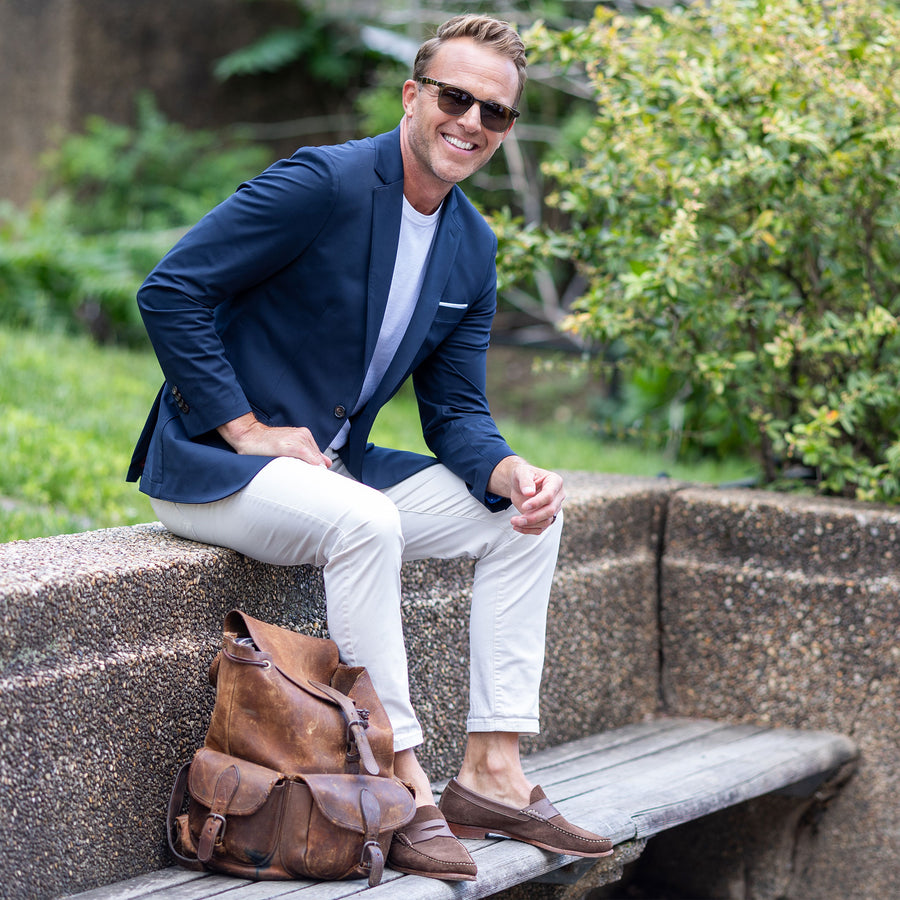
FAQs About Suit Jackets and Blazers
Can You Wear a Suit Jacket as a Blazer?
It is possible to wear a suit jacket vs blazer, but there are considerations to keep in mind. Suit jackets are designed to be part of a matching set, so their structure and fabric often lean toward formal occasions. Blazers, however, are standalone pieces and offer more versatility. To repurpose a racing jacket fit as a blazer, opt for lighter fabrics or casual styles, avoiding overly formal designs like peak lapels. Pair it with chinos or dark jeans for a less formal look.
What Color Options Work Best for Each?
Suit jackets work best in classic colors such as navy, black, gray, or pinstripe patterns. These tones complement their inherently formal purpose. Blazers, on the other hand, offer a wider variety of colors and patterns. Popular choices include brown, olive, and checked designs. For versatility, stick to neutral shades; for personality, experiment with bolder hues. Always choose colors that align with the occasion, ensuring balance between formal and stylish.
Blazer vs Suit Jacket for Business Casual Attire
Blazers are preferable for business casual attire due to their relaxed yet structured design. Pair a single-breasted blazer with chinos and dress shoes for an elegant business look. Suit jackets are typically too formal for business casual settings unless styled uniquely, such as wearing them with coordinated trousers in lighter shades. Always prioritize comfort and choose garments that meet the casual-formal mix required in business casual settings.
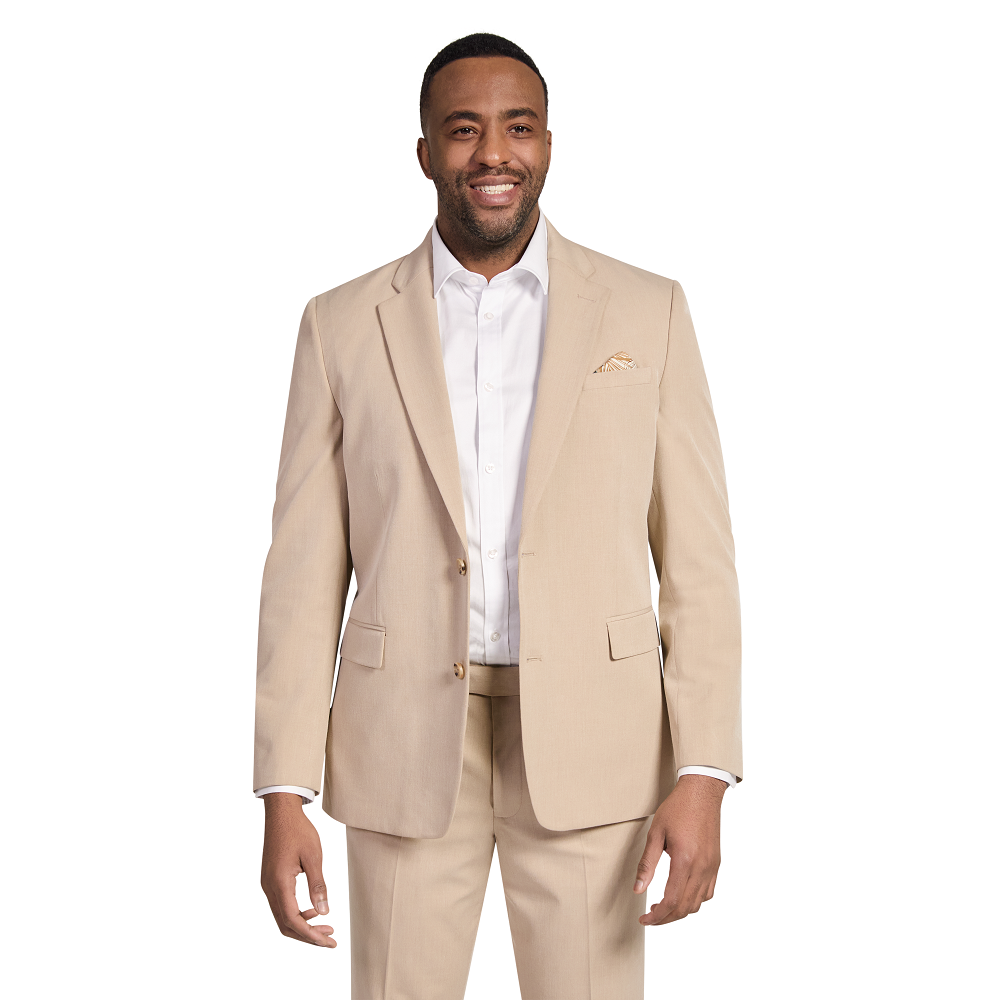
Tips for Choosing Between a Suit Jacket and a Blazer
Choosing between suit jacket vs blazer depends on various factors. Understanding their distinct qualities helps make the right decision.
Considering the Occasion
- Formal Events: Choose a suit jacket for weddings, interviews, and corporate meetings.
- Semi-Formal Gatherings: Opt for a blazer for smart-casual dinners or outings.
- Casual Settings: Blazers pair well with jeans for laid-back yet stylish looks.
- Dress Code Alignment: Ensure the choice fits the event’s dress requirements.
- Outdoor Functions: Select lighter blazers for warm weather, suit jackets for colder evenings.
Balancing Formality and Comfort
- Max Comfort: Blazers offer a relaxed fit suitable for semi-formal events.
- High Formality: Suit jackets give a polished appearance ideal for elegant occasions.
- Flexible Styling: Blazers allow mixing with various trousers and casual shoes.
- Tailored Fit: Suit jackets ensure precise cuts for refined ensembles.
- Lightweight Options: For casual comfort, choose blazers in cotton or linen materials.
Budget and Versatility
- Affordable Everyday Wear: Blazers are cost-effective and adapt to multiple styles.
- Invest in Quality: Suit jackets often feature higher craftsmanship and materials.
- Wardrobe Versatility: Blazers match chinos, jeans, and various shirt patterns.
- Formal Ensemble: Suit jackets complement matching trousers for a cohesive look.
- Long-Term Value: Select durable fabrics for sustained usage and timeless style.
Fashion Trends in Jackets and Blazers
Current Styles and Influences
The fashion world is continually evolving, and this extends to suit jacket vs blazer. Currently, tailored pieces are making a comeback, with emphasis on well-structured shoulders and fitted bodies. However, oversized styles have also gained popularity, offering a chic and relaxed vibe that many fashion-forward individuals are embracing.
Patterns are also notable trends, with plaid and houndstooth making significant appearances in both casual and formal settings. These classic patterns allow wearers to express their personality while maintaining a sophisticated look. Color choices have also expanded; while traditional shades like navy and charcoal remain staples, bolder colors and pastels are becoming increasingly fashionable for blazers.
Embracing Personal Style
With various styles and options available, it’s essential to embrace your personal style when choosing between suit jackets and blazers. Fashion is about self-expression, and selecting pieces that resonate with your identity can boost confidence. Whether you prefer classic elegance or a modern twist, there is a suit jacket vs blazer that aligns with your aesthetic.
Don’t hesitate to experiment with diverse colors, patterns, and cuts until you find what feels right for you. Mixing in accessories such as ties, pocket squares, or shoes can elevate any outfit, allowing your personality to shine through. Ultimately, your choice in jackets and blazers should reflect your individual taste while meeting the demands of your lifestyle.
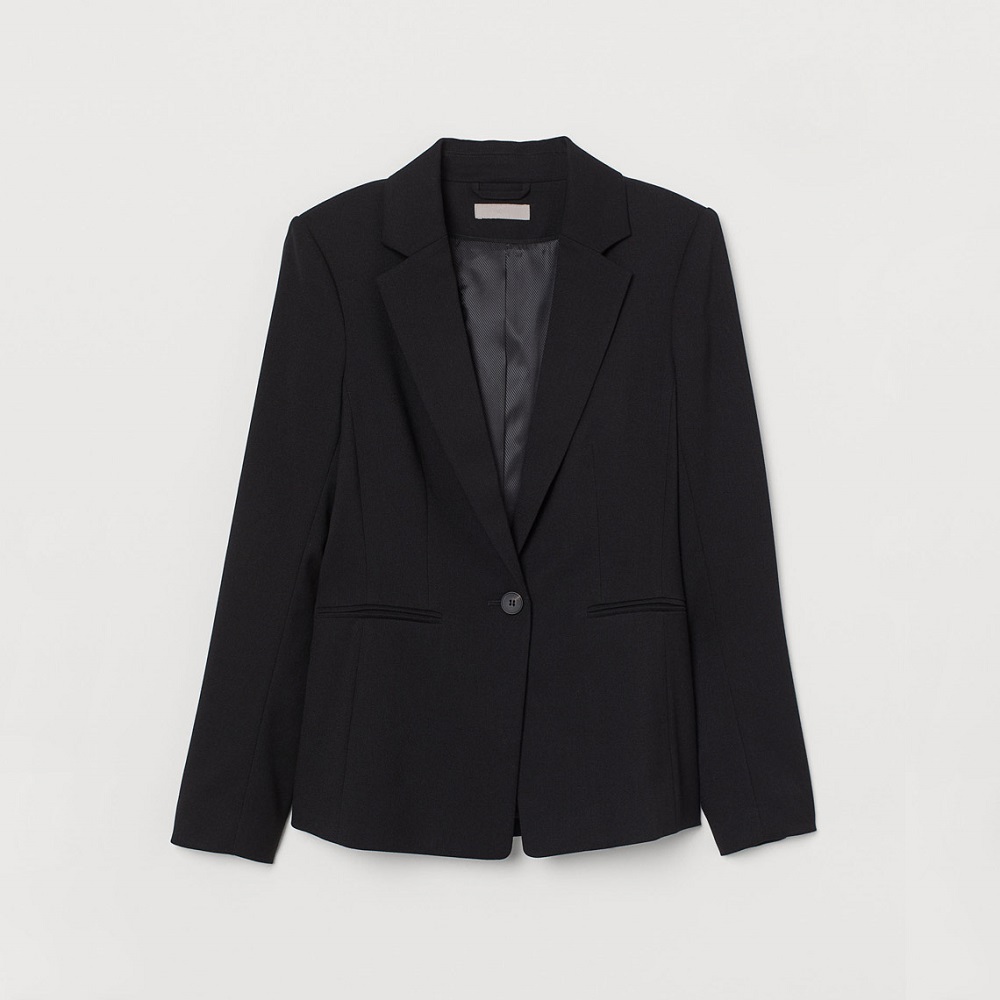
Mastering the Art of Dressing Well
Navigating the world of men’s fashion, particularly with suit jacket vs blazer, can empower you to make stylish and confident choices. By understanding the essential features, styles, and care techniques for each garment, you can build a wardrobe that meets your needs for both formal and casual occasions.
Remember that the right fit is crucial. Investing time in tailoring options, selecting high-quality materials, and embracing your personal style can create a polished and sophisticated look. With your well-chosen suit jackets and blazers, you will not only look your best but also feel at ease in every setting.
As you explore the possibilities within your wardrobe, take pride in the art of dressing well. Your outfit is an expression of your personality. A well-fitted suit jacket or blazer serves as a powerful tool that enhances your confidence and style. Seize the opportunities to showcase your fashion sense, and step into the world with assurance, elegance, and flair.
